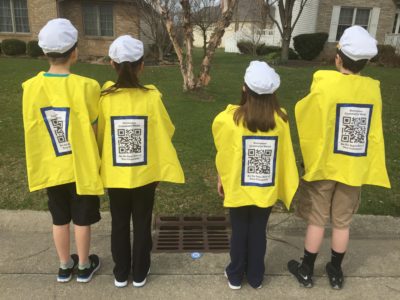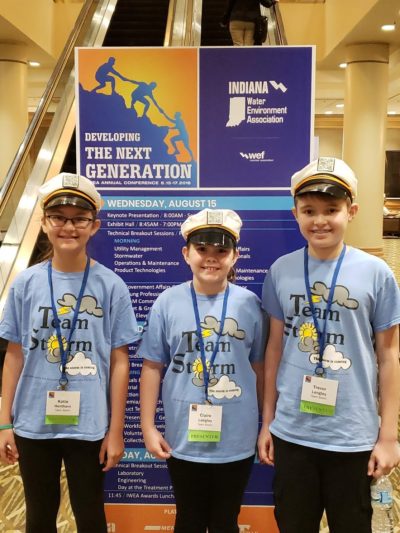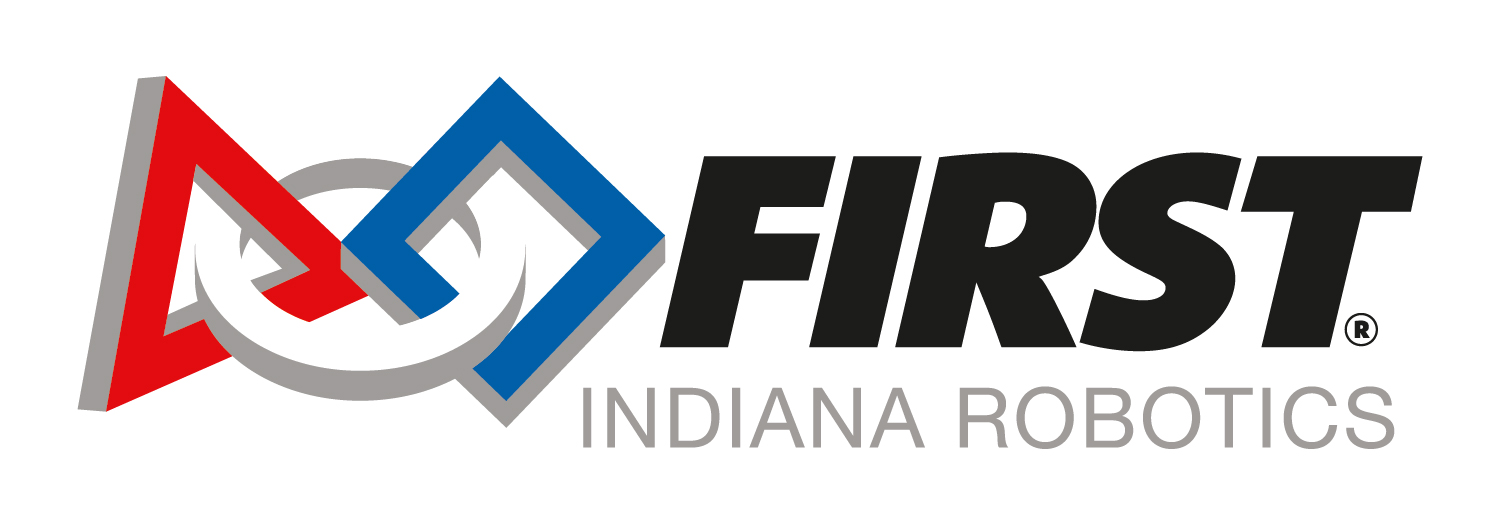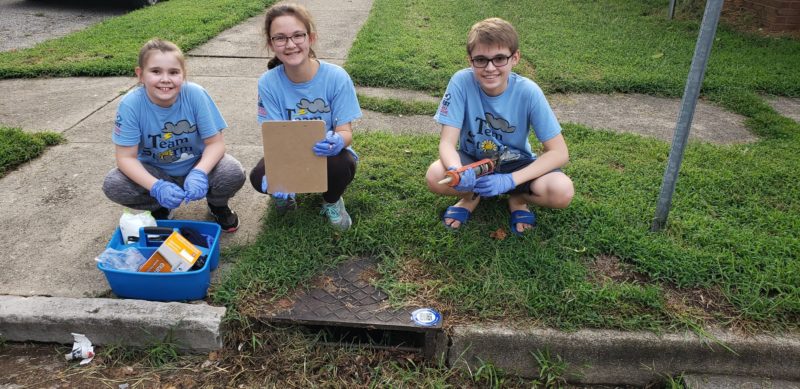FIRST LEGO League Team Creates Storm Drain Solution, Solves Community Issue
In May of 2019, FLL100 Team Storm retired after winning the Champion’s Award at the FIRST LEGO League Razorback Invitational, hosted by the University of Arkansas. The team enjoyed an eight-year run, attending twenty-five competitions and winning two State Champion’s Awards, three International Champion’s Awards, a Global Innovation Award, and an invitation to the White House Science Fair. And while competitions and awards provide treasured memories, what the team values most about their FIRST experience is the lessons learned from their engagement with community leaders, educators, businessmen and women, and other professionals who shared their experience, expertise, and feedback with the team as they developed their innovative solutions each season.
According to Trevor, who competed on Team Storm for eight years, “Coming up with a problem to solve for the project can often be one of the greatest challenges of an FLL season. That is why we turn to experts within our community, whenever possible, for help. We want to be able to understand their challenges so we can be inspired to help.”
Addressing local challenges makes the experience more meaningful for the team because they can see the impact of their work firsthand. It also allows for more opportunities to directly work with experts. Katie, who spent two years on Team Storm, remembers meeting Alicia Barnard, the MS4 Stormwater Coordinator from the Terre Haute Wastewater Treatment Facility, when the team interviewed her after a field trip to the plant. “One of Ms. Barnard’s greatest challenges is engaging the community to maintain local storm drains and report problems when they arise because there are too many for the city to monitor on its own. But we learned that the only ways to report problems was through a phone call or by completing an online form, which both failed to engage the public because of the tediousness of the procedures.” Team Storm set out to deliver a quick and easy way for the public to get involved using a mobile device, an educational app, and QR codes affixed to storm drains.
Claire who spent three years on Team Storm, explains, “Once we come up with a solid idea, we like to follow-up with the experts we contacted earlier in the season because it is important to know if our solution is useful, practical, and cost-effective. In our Hydro Dynamics season, it felt really good to know that we created something that professionals were excited about. For example, Ms. Barnard wanted to implement our Storm Water Community Watch system because it simplified the process of reporting pollution problems by making it easy to send and receive information from the public, which makes her job easier, too!”
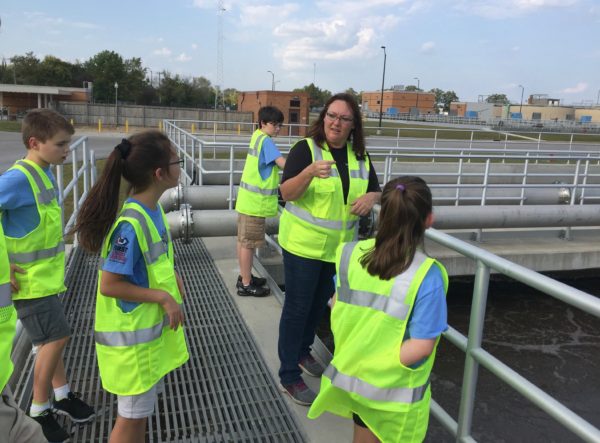
But before that could be done, the team was encouraged to share their idea at the state level by visiting the Indiana Department of Environmental Management (IDEM). They pitched their idea to an audience that included the IDEM Commissioner, who encouraged the team to get the City of Terre Haute to pilot the team’s project with the idea that it could one day be implemented across the state. The Commissioner liked that the team’s solution is user-friendly and a great use of technology.
Because of their Hydro Dynamics project, Team Storm was invited to present their idea to water specialists locally and at professional conferences across the state of Indiana. At one event, the team was encouraged to apply for the Indiana American Water annual Environmental Grant Program which offers funding for innovative, community-based environmental projects that improve, restore or protect the watersheds, surface water and groundwater supplies in local Indiana communities. The City of Terre Haute was awarded the $5,000 grant to develop an app and get the team’s QR codes distributed on storm drains across the city. Ms. Barnard explains why this is so significant for Terre Haute, “Many cities and towns operate their stormwater pollution prevention program with limited staff. We depend on citizens in our community to be our eyes and ears when it comes to protecting our water resources. So a big part of the stormwater program involves providing education to the public so they can recognize issues like illegal discharges. But simply recognizing problems isn’t enough. People need to know how to contact the appropriate person in their local municipal government office so the issue can be addressed quickly, at the source, before pollutants reach our precious surface waters. That’s where Team Storm’s QR code comes into play. It a simple and effective way to report issues instantly; no searching for phone numbers, no automated dial-by-name directories, no more wondering if you left a message on the right person’s voice mail. Just scan the code, take a photo and hit send.”
When Team Storm sees Storm Water Community Watch on the streets of Terre Haute it makes them feel proud of what they have accomplished. “These QR codes represent how good it feels to have professionals value our idea, and seeing these codes on drains all over our city, and even applying some of them with my teammates, is the best feeling!” says Claire.
But Trevor points out, “While seeing our idea on storm drains is great, it is not the best part. What I am most proud of is that we were able to do something that will have a positive and lasting impact on our environment. Stormwater pollution is a costly problem that negatively impacts the water quality of the Wabash River. I love that our project will engage our community so more people will become part of the effort to save our waterways.”
Check out www.stormwaterwatch.com
